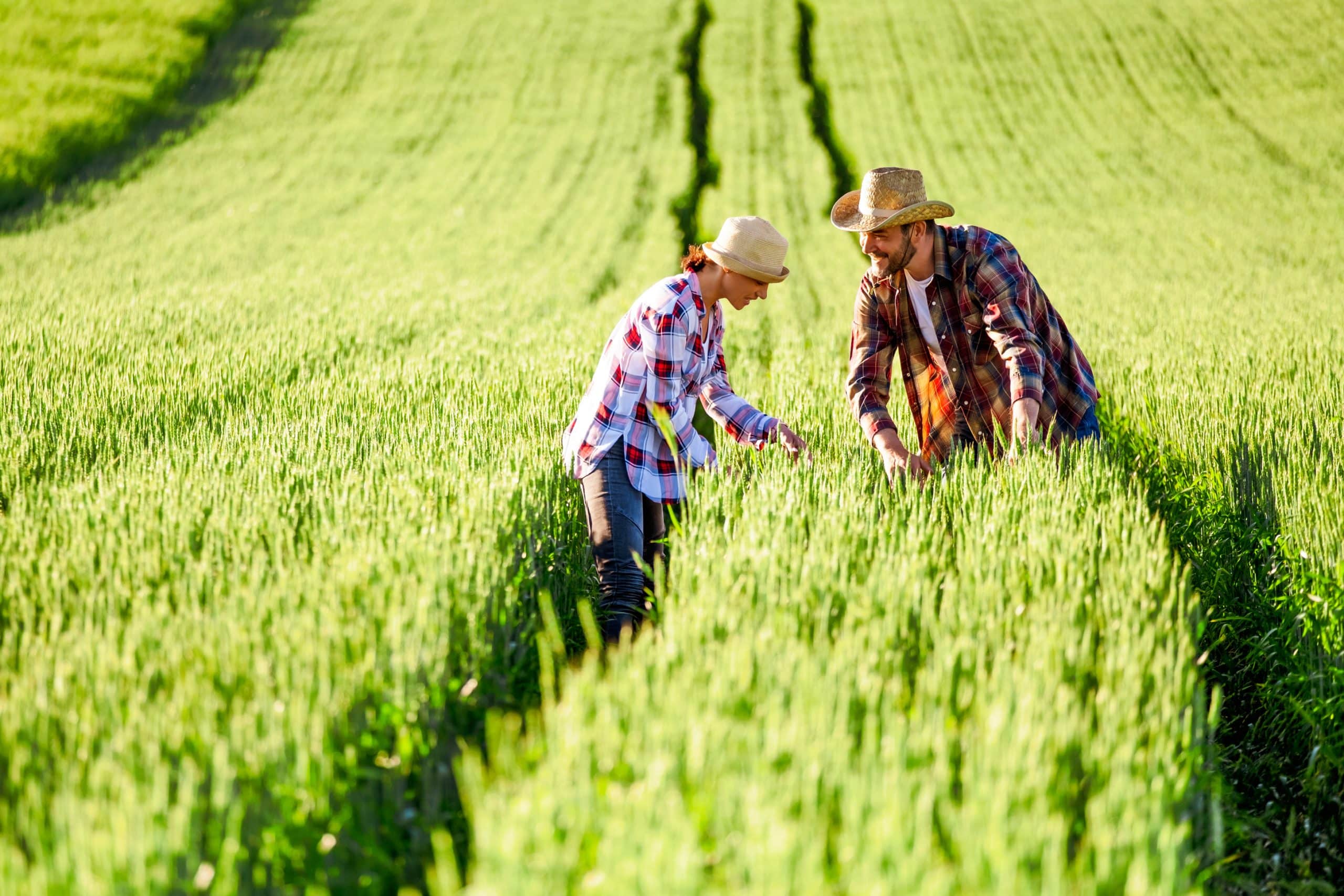How Can English Vineyards Use Climate Data to Improve Grape Quality and Yields?

Grape growing and winemaking in England have been a burgeoning industry in the past few years. However, with the global climate changing at an unprecedented rate, viticulture has been greatly impacted. The change in temperatures, alteration in rainfall patterns, and the increase in frequency of extreme weather events have all posed significant challenges to grapevine production. This article will decipher how English vineyards can utilize climate data to navigate these challenges and improve both grape quality and yields.
The Impact of Climate Change on English Vineyards
Climate change has ushered in a myriad of challenges for vineyards all over the world, and England is no exception. The manifestations of climate change, including high temperatures, changes in rainfall patterns, and the increased frequency of extreme weather events, can wreak havoc on the grape growing season.
A lire en complément : Trading across calais border in customs compliance explained
High temperatures can hasten the grape ripening process, potentially leading to an over-ripe grape with high sugar and low acidity levels, impacting the quality of the wine produced. Conversely, too much rainfall can lead to diseases in the vineyard, affecting the overall yield. Extreme weather events like frosts or hailstorms can cause significant damage to the vines, disrupting the growing season and impacting both quality and yields.
The Role of Climate Data in Viticulture
Climate data offers a beacon of hope amidst these challenges. Utilizing data on temperature, rainfall, and other weather patterns can help vineyard owners predict and prepare for potential impacts on their grape production. For instance, knowing the projected temperatures for the growing season can enable vineyard owners to ensure their grape varieties are suitable for the conditions, improving the quality of the grapes harvested.
A voir aussi : What Are the Best Customer Feedback Tools for UK E-commerce Sites to Improve UX?
The Representative Concentration Pathway (RCP) provides future climate projections based on different scenarios of greenhouse gas emissions. By analyzing this data, vineyard owners can anticipate future climate conditions and make informed decisions about their viticulture practices.
Using Google Tools to Analyze Climate Data
Google provides a wealth of tools that can assist in analyzing and visualizing climate data. Google Earth Engine, for example, allows users to visualize temperature and precipitation data over time in specific areas. This can be particularly useful for vineyard owners, as it allows them to track climate trends in their region, and adjust their viticulture practices accordingly.
The Google Public Data Explorer is another invaluable tool, providing easy access to a wide array of public datasets, including climate data. This platform allows users to generate graphs and charts for specific data sets, making it easier to understand and interpret the data.
Implementing Changes Based on Climate Data
Having access to and understanding climate data is only the first step. The next step is implementing changes based on the data to improve grape quality and yields. For instance, if the data shows a trend of rising temperatures, vineyard owners might choose to plant grape varieties that thrive in warmer conditions.
Changes could also include altering the timing of key viticulture practices, such as pruning and harvesting, to align with the changing climate. For instance, in a warmer season, early harvesting could prevent the grapes from becoming overripe.
Moreover, vineyard owners could turn to technology to help mitigate the impacts of climate change. For instance, vineyard monitoring systems can collect real-time data on vineyard conditions, helping vineyard owners respond quickly to any potential issues.
The Future of English Vineyards in a Changing Climate
While climate change poses significant challenges, it also offers opportunities. English vineyards, traditionally known for their sparkling wines, are now producing high-quality still wines, thanks to warmer temperatures. Understanding and utilizing climate data can enable English vineyards to adapt to the changing climate, allowing them to continue to produce high-quality wines and increase their yields.
Ultimately, the resilience of English vineyards in the face of climate change will depend on their ability to adapt and innovate. Climate data provides a valuable tool for this adaptation, enabling vineyard owners to make informed decisions and implement changes that will ensure the longevity of their vineyards and the quality of their wine. Climate data will play an essential role in shaping the future of English viticulture in a changing climate.
Innovative Measures Adopted by English Vineyards
English vineyards have been proactive in adopting innovative measures to counter climate change. The use of climate data in combination with advanced technology is revolutionizing the way viticulture is being practiced in the region.
One such measure is the use of delayed pruning. Pruning is a crucial process in viticulture that impacts the yield and quality of grapes. Delayed pruning allows vineyard owners to mitigate the impact of late frosts. This is particularly beneficial in the cool climate of England where frost poses a significant threat to viticulture.
Another measure is the selection and cultivation of grape varieties that are resilient to changing climatic conditions. For example, Pinot Noir, considered one of the finest grape varieties for winemaking, thrives in cooler climates. A rise in temperature during the growing season can result in an overripe grape with high sugar accumulation. But Pinot Noir, having a lower sugar concentration than other varieties, can still produce a high-quality, balanced wine even in warmer temperatures.
Moreover, English vineyards are investing in advanced vineyard monitoring systems. These systems collect real-time data on vineyard conditions, helping vineyard owners respond quickly to any potential issues. They provide valuable information about soil moisture, air temperature, and overall vine health. This data, in conjunction with climate data from sources like the Met Office, can be analyzed to predict potential threats and devise effective mitigation strategies.
Conclusion
Climate change is an undeniable reality that the world, including English vineyards, has to face and adapt to. However, it is not all doom and gloom. With the sophisticated use of climate data, English vineyards have shown remarkable resilience and adaptability.
By analyzing climate data from sources like Google Earth Engine and the Google Public Data Explorer, vineyard owners are making informed decisions about their viticulture practices. Whether it is the selection of resilient grape varieties like Pinot Noir, the adoption of practices like delayed pruning, or the utilization of advanced vineyard monitoring systems, English vineyards are using data-driven strategies to counter the impacts of climate change.
Moreover, the shift in climate has allowed English vineyards to expand their wine production beyond traditional sparkling wines. Warmer temperatures are making it possible to produce high-quality still wines, which was once a challenge in the cooler English climate.
Despite the challenges posed by climate change, the future of English viticulture seems promising. Aided by continuous advancements in technology and a growing understanding of climate data, English vineyards are poised to not just survive in the changing climate, but thrive. As we move forward, it will be interesting to witness how English vineyards continue to evolve and adapt, all the while producing high-quality wines that are a testament to their resilience and innovation.
